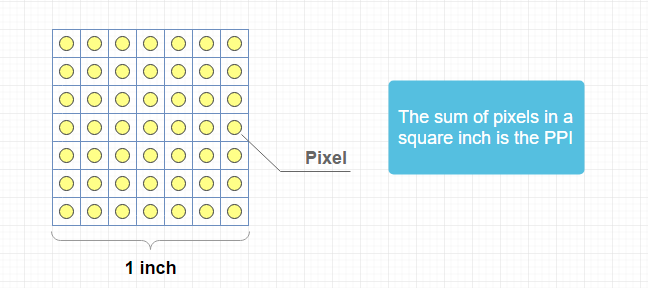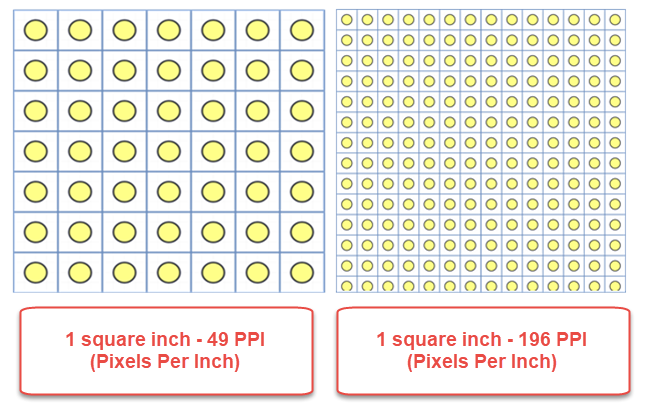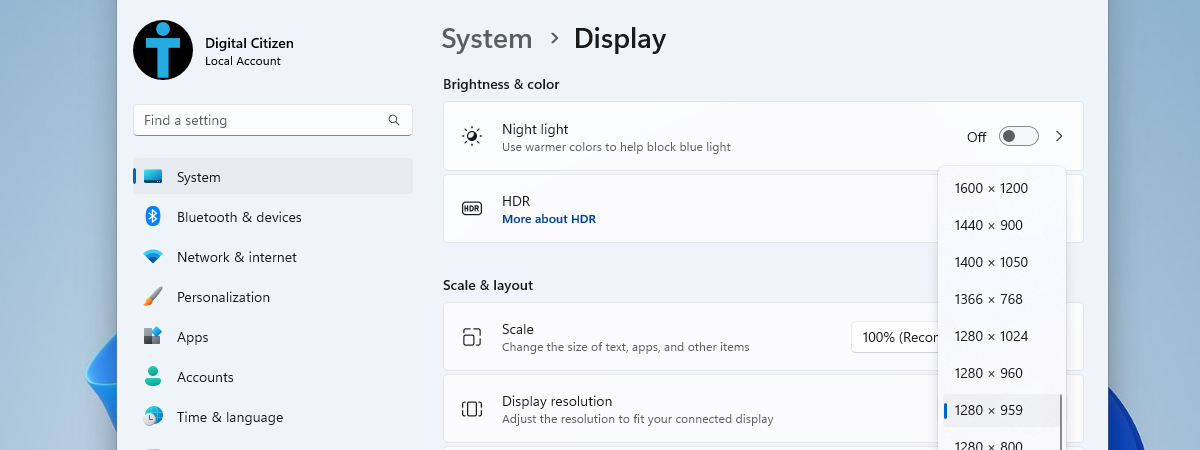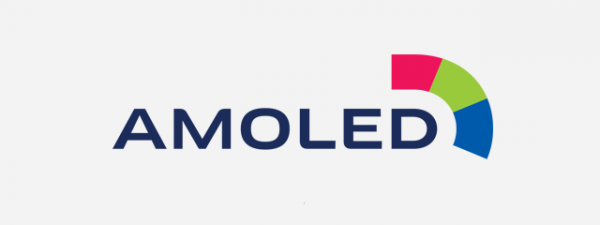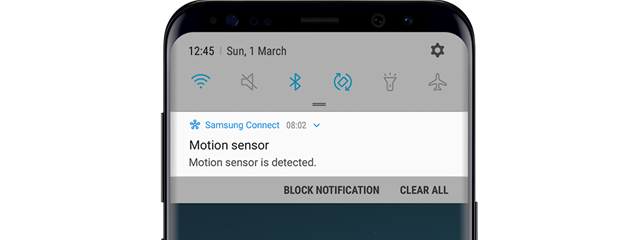
Have you ever wondered what PPI is? Maybe you've heard companies talking about high DPI screens and wanted to know what that is? Why are some manufacturers bragging about their high-end devices with huge pixel density screens? Why does PPI matter so much, especially when referring to smartphones? Read this article, and you'll find out what it means, whether PPI and DPI are the same and whether this measurement matters when talking about screens of all sizes:
What is PPI?
PPI is the acronym from Pixels Per Inch. It is a unit of measure used to quantify the number of pixels found on a square inch surface. To get a clear idea of what it means, imagine a square inch that's divided and organized in a grid of cells. Each and every cell in that grid has a pixel inside. The number of cells inside the grid, also known as pixels, tells you the PPI.
Usually, the Pixels Per Inch value is used to measure the pixel density of displays, such as the monitor you have on your computer or laptop, on your TV screen, and on your smartphone.
However, PPI is a term that's also loosely used for describing the pixel density of scanners, camera screens, or images that are stored digitally. Some people use PPI even for telling you the resolution at which printers print on paper.
Are PPI and DPI the same?
PPI is the short version from Pixels Per Inch, and DPI is the abbreviated version of Dots Per Inch. Common sense will probably lead you to believe that they're not the same. And you'd be right! Although both terms refer to density, and you could easily confuse pixels with dots (probably because they're so tiny), PPI and DPI are different things. While PPI refers mostly to screens and digital elements, DPI is a term that's used correctly when you refer to things like printed paper.
The resolution and the quality of a printed paper are rightly measured by the number of ink dots in any given character or drawing. Both DPI and PPI measure similar things, but dots are not pixels, and pixels are not dots, so DPI is not the same as PPI.
However, PPI and DPI are often used to describe the same thing. It's not correct, but big companies like Google and Microsoft and many hardware manufacturers often use these terms interchangeably, and thus people started to use them loosely too.
Does PPI matter when choosing your TV, computer display or smartphone?
Yes, it does, and it matters quite a lot. When you go buy a new smartphone, or computer monitor, or TV, or any other type of device that has a display, you might be tempted to choose the one that has the largest diagonal size. It's only natural to go big when you can, right? But that's not always the right choice and here's an example why:
Let's say that you want to get a new smartphone, and you want it to have a large screen. Something between 5.5" and 6". After looking around the internet, you decide that you like Samsung Galaxy S8 and Sony Xperia XA1 Ultra. Money doesn't matter to you - what does matter however is the screen of your next smartphone. The Samsung Galaxy S8 has a 5.8-inch display, a resolution of 1440 x 2960 pixels and a pixel density of 570 PPI. The Sony Xperia XA1 Ultra has a 6.0-inch screen, a resolution of 1080 x 1920 pixels and a pixel density of 367 PPI. Although they both have a similar screen size, the resolution and the PPI pixel density of the Samsung Galaxy S8 are much higher than what the Sony Xperia XA1 Ultra has to offer. That means that there are a lot more pixels spread across a similar physical surface, the screen. We can't draw 570 pixels, or even 367, in an image the size of an inch, because you wouldn't see them. But here's an illustration of what different PPI pixel densities look like:
So wouldn't you choose the smartphone with the higher PPI, the Samsung Galaxy S8?
A higher PPI, or pixel density, means that you get a whole lot more detail for anything that's displayed on your screen. Which means better images, better fonts, smoother lines, or in other words, higher quality. Everybody wants that, right?
When does the PPI become so high that it becomes meaningless?
Although higher PPI is always theoretically better, before making any purchase, you should also know that the eyes of most humans are probably not able to perceive any differences in a PPI that's higher than a certain limit.
But what that limit is when the human eye stops being able to see more details on a screen and the pixel density stops being important, is a matter of debate. For now, neither researchers nor ordinary people can give you a straight answer and say that "pixel density becomes meaningless after, say, a value of 570 PPI."
However, according to the Fundamentals of Digital Imaging in Medicine by Roger Bourne, it seems that the magic number would be 400 PPI if you look at an image found at roughly 16 inches or 40 cm distance from your eyes. That's because the human eye has 400 sensor cells per millimeter of retina surface. However, people at Sharp think that the human eye is capable of seeing up to 1000 PPI, which is considerably higher than what electronics offer these days.
Eizo also has an excellent article, called Confused about HiDPI and Retina display? ― Understanding pixel density in the age of 4K, in which you can find a few tables with data that show what are the screen resolutions and pixel densities used today. Most of the pixel density values you'll see used on modern displays, be they smartphone displays, tablet displays or computer monitors, are calculated by the manufacturing companies depending on the common distances users look at those screens. For instance, a smartphone with a screen size of 5.6 inches should have a resolution of at least 2560 x 1440 pixels and a pixel density of about 525 PPI. Pixel density matters, but regardless of what companies market their products, don't start spending money until you see what the screen of your next device looks.
Will you look for the highest PPI?
We're curious: now that you know that a higher pixel density is better than a lower one, will you take it into consideration the next time you buy a TV screen, a computer monitor or a new smartphone? Or will you go for the highest size no matter its Pixels Per Inch?




